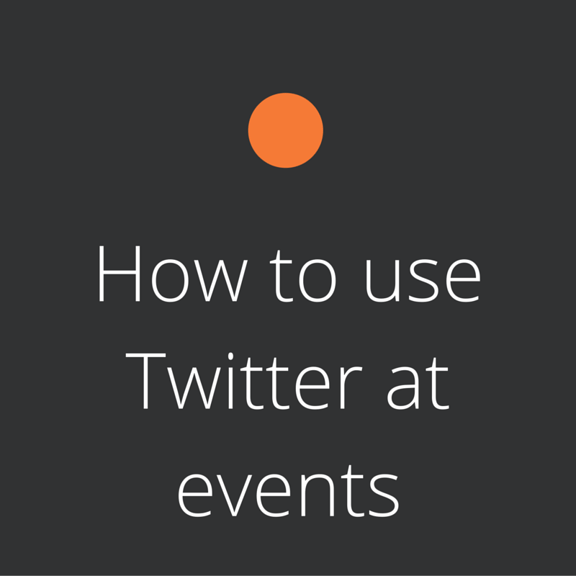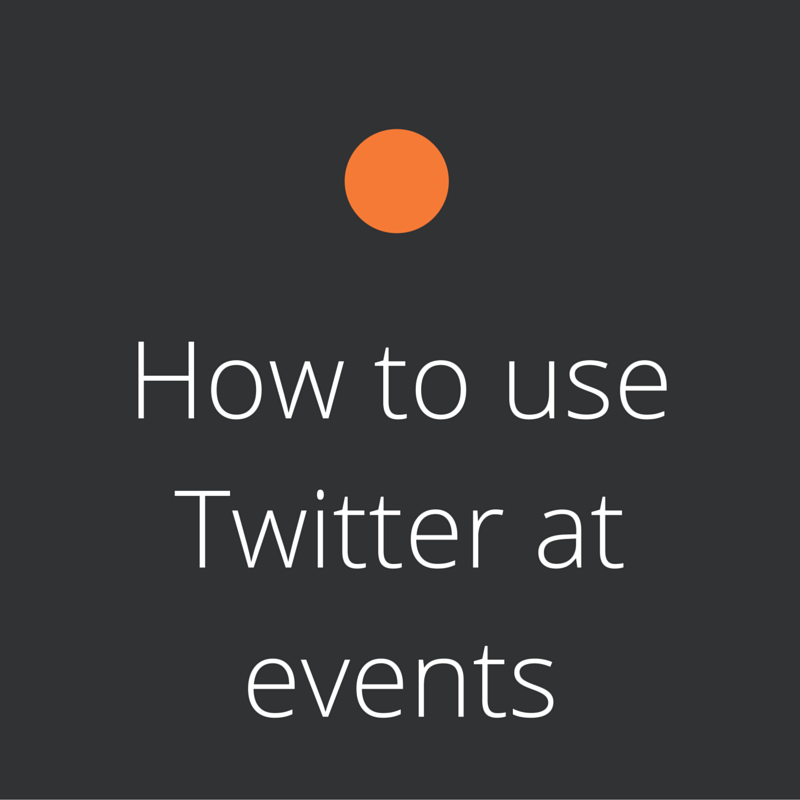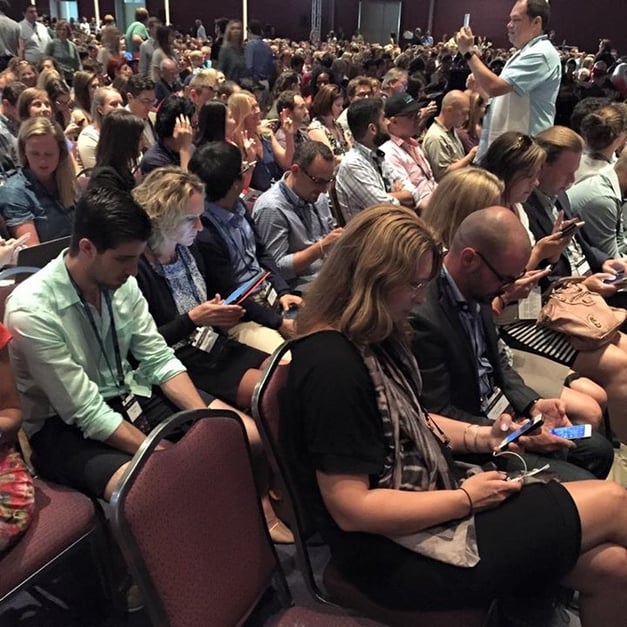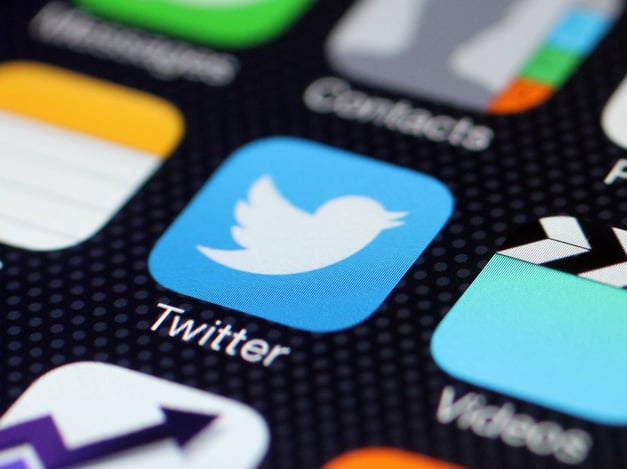Founder, CEO & Strategist since 2001. Anders provides thoughts and reflections about how to think about onlinification and digitalisation in B2B.
Keep me updated!
Subscribe

Live-tweeting at events has become a popular way to engage with audiences and expand your reach. Whether you're attending internal kick-offs, seminars, tradeshows, panels, keynotes, or conferences, incorporating live tweeting can benefit both you and your company. In this article, we'll provide you with valuable tips and best practices to enhance your live-tweeting experience and make the most out of your event participation.

When I say events, I mean internal kick-offs, seminars, tradeshows, panels, keynotes and conferences, it is beneficial for you and your company to attend these events physically and online from several perspectives.
When you attend an event next time, you can use your most appropriate device, a quality camera, and use these tips to increase your reach and connections through live tweeting.
Before the event, take the time to familiarize yourself with the speaker and panel list. Identify individuals who have personal Twitter accounts, as well as companies that have a Twitter presence. Create a Twitter list to monitor these accounts during the event, allowing you to stay connected and engage with relevant content.
Ensure that the photos and videos you share are well-composed and edited before posting. Taking the time to present high-quality visuals will enhance the impact of your live tweets and attract more engagement from your followers.
Stand out during the event by going above and beyond to provide valuable resources to your audience. If the speakers or panellists mention relevant articles or videos, find and share the links. By being an appendix or reference list for event followers, you'll guarantee higher engagement and gain more followers.
Recognize that event content can overwhelm those who missed the live posting. Help your followers and fellow attendees by translating your 140-character insights into a summary article. Include critical points, quotes, and highlights that provide value. Share this comprehensive summary using the event hashtag the following day, allowing participants to catch up and engage with the key takeaways.
Live-tweeting is akin to taking notes online in real time. When you encounter something interesting, make it "tweetable." This way, your followers will see your tweet, follow the event hashtag, and have the opportunity to retweet, like, or reply.


Follow these tips to maximise your live-tweeting effectiveness during the event:
Consider these four tips to maintain momentum and assess the impact of your live-tweeting efforts:
Live-tweeting at events effectively expands your reach, engages with audiences, and establishes yourself as a valuable resource. By following the tips and best practices in this article, you'll be well-equipped to master the art of live-tweeting. Good luck with your future live-tweeting endeavours!